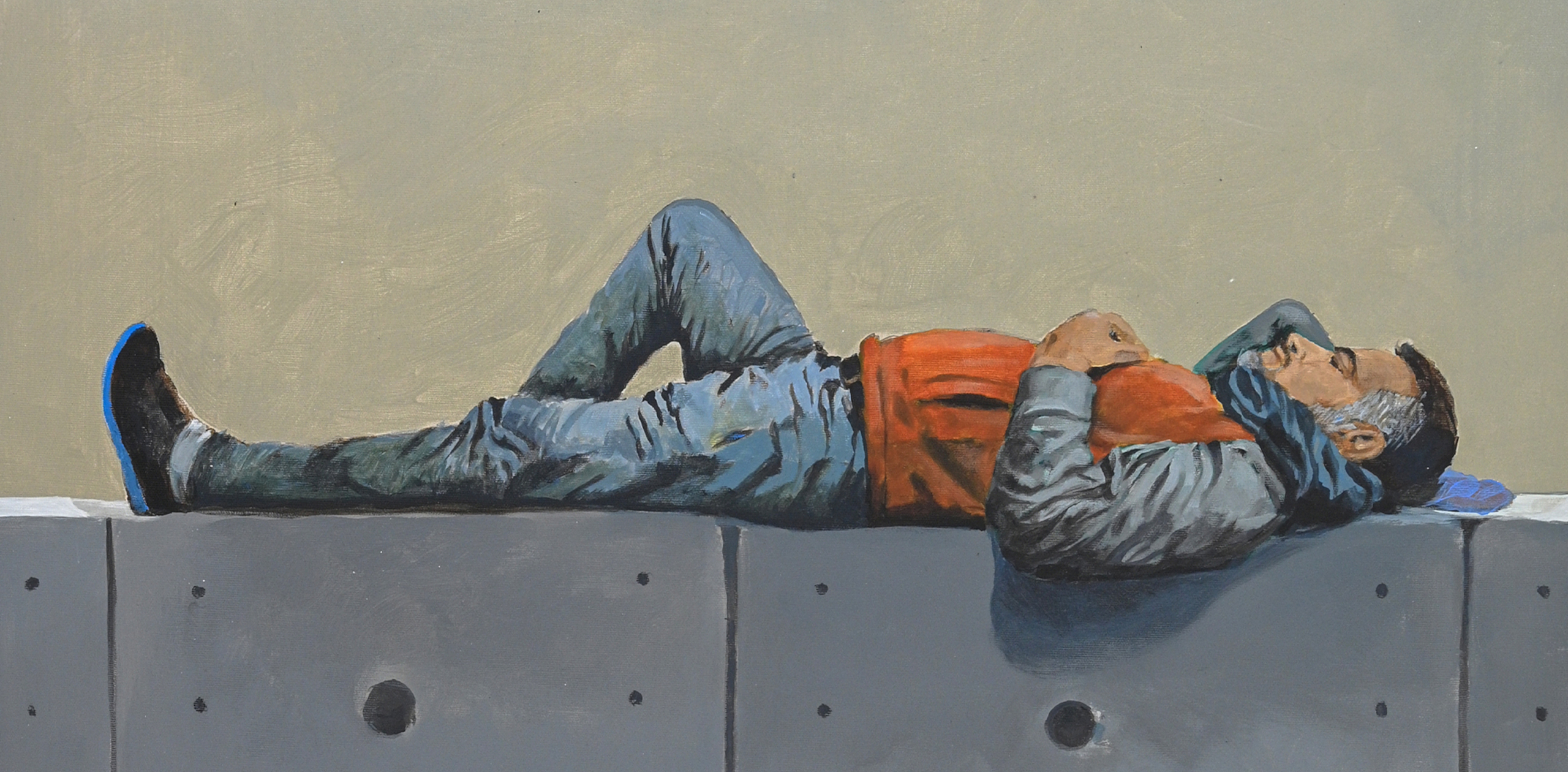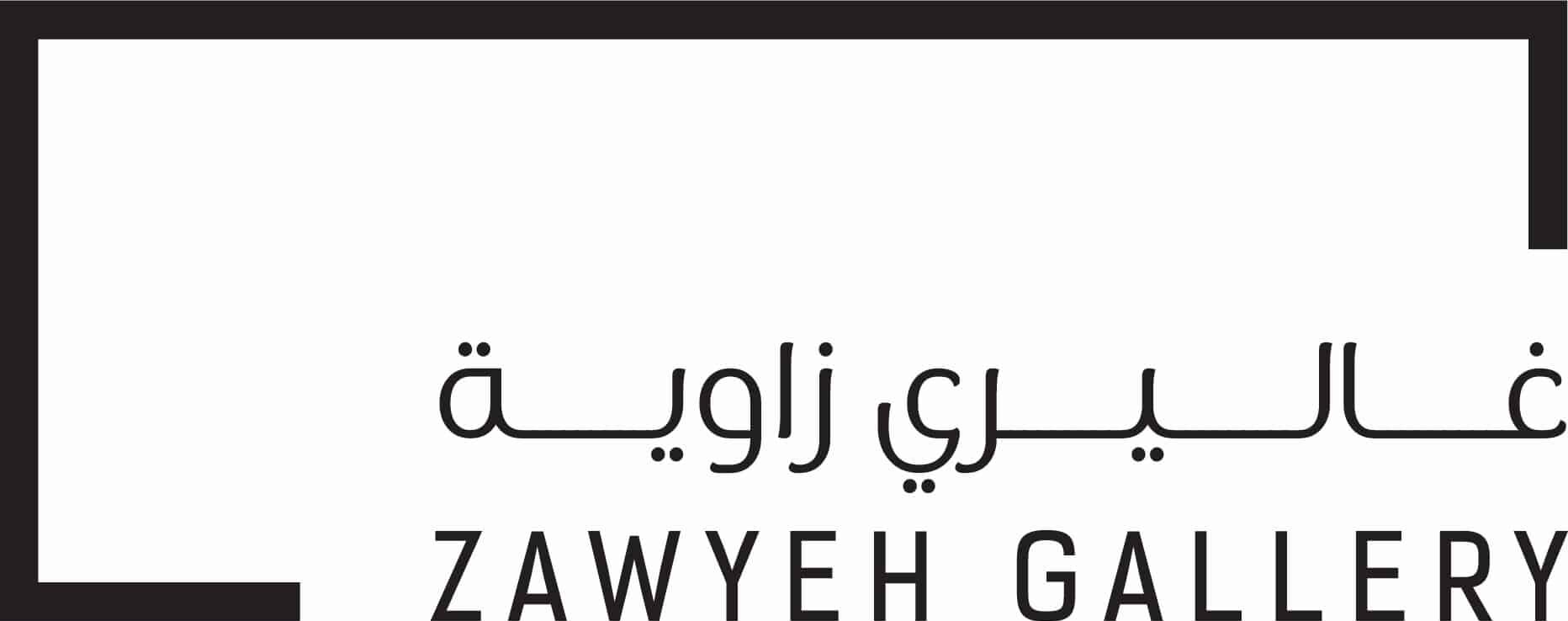
3 – 5 February, 2023
A Passage to Palestine MENART Fair Brussels
Location: Brussels
Stand B16
Boghossian Foundation
Villa Empain Avenue Franklin Roosevelt 67, 1050
3 - 5 February, 2023
A Passage to Palestine MENART Fair Brussels
Location: Brussels
Stand B16
Boghossian Foundation
Villa Empain Avenue Franklin Roosevelt 67, 1050
Zawyeh Gallery is pleased to participate in the first edition of MENART Fair Brussels. The exhibition brings together the experiences of three Palestinian artists; Khaled Hourani, Nabil Anani, and Yazan Abu Salameh. The exhibition ‘A Passage to Palestine‘ brings together a common theme in the art practices of these three Palestinian artists, each portraying Palestine from their unique perspective. The yearning for freedom and critiquing the oppression of the military occupation can be seen throughout the works.
The separation wall is the subject of the Ramallah-based Palestinian artist Khaled Hourani at Zawyeh Gallery, Dubai, opening on 19 September. His latest series Leaping Over The Barrier, is a return for Hourani to paint the separation wall. For him, it is important to circumvent barriers, especially since more barriers are being built “between what is normal and what is not in life; between homes; between a farmer and his fields; between a believer and his worship house; between the scenery and the painter.” Hourani tries to remove the wall and transcend it through his paintings. He paints young men climbing using hands, ropes, and ladders, but he also paints them climbing the wall relying on their imagination. He depends on media images from Palestine documenting people climbing over the separation wall to a certain extent.
Nabil Anani presents the Palestinian landscape without disruptions, a perfectly manicured, well-tended landscape. He paints the picturesque hills of Palestine without the ever-increasing Israeli settlements, bypass roads, roadblocks, walls, and watch towers normally visible on every corner. He creates the Palestine of his dreams, inspired by his memories as a child growing up on the hills of Halhoul, a town near Hebron.
Olive groves, cypress trees, and wheat fields dot the hills and horizon as if they become part of an embroidered dress. The canvases are divided with horizontal lines and spaces inspired by the ancient terraces separating the fields, conveying a panoramic perspective and a rural ambiance. The trees carry different characters in each work, as if they are putting on different costumes for each show. Anani has addressed the Palestinian landscape and rural life throughout his artistic journey, and his fascination with them inspired his artworks. In this series of works, one can rarely spot a human, for the primary focus remains on the aesthetic of nature, giving the audience a chance to ponder and appreciate the scenic terrain.
Experimentation with different media and using intense, vibrant colors remain methods that distinguish Anani’s style. In this series, he uses mixed natural media, such as straw, spices, dry flowers, and plants experimenting with color and texture. The result is a distinct surface and memorable feelings that carry us to Palestine despite all the borders.
Yazan Abu Salameh presents boxes packed with congested buildings with little white windows as a representation of the densely built-up environment in the Palestinian towns that are restricted from natural expansion. Those boxes are left partly open as if the towns desire to escape confinement. The cardboard texture and colors build a striking connection between the sun in the sky and these boxes and the separation wall as if a conversation between these elements is taking place. Abu Salameh uses bold orange colors across his works to present enormous suns. The huge orange orbs dominate his works. Some of these big circles are empty, while others contain figures or shapes yet the focal points of the artworks are these enormous suns. He also uses deep orange color in the backgrounds creating a sort of uncomfortable contrast with the dull greys.
Join our Newsletter
Sign up for our Newsletter and get all the latest news

